What is ABG?
TOPO’s “2019 ACCOUNT BASED BENCHMARK REPORT” – which included 150 account-based organizations - showed that every participant reached or exceeded a...

The business world is shaken by the repercussions of current events and those in the near past. With our economic conditions becoming more and more volatile, it is only natural that companies have to go through changes as a result of uncertainty.
Some have already started their transformation before the upheaval of the 2020s began, and now others need to catch up as soon as possible to be able to transform and stay resilient through it all.
Changes may come in many forms and to adapt to these developments we need a successful change management strategy, and an open mind to new ideas. But what would be a good starting point to look at the challenges of such projects? How could we define business transformation to understand the process better?
Business development and transformation is a necessity even when there is no global crisis. It is a natural part in the life of organizations, which helps them stay relevant and aids them in keeping up with market trends.
In the traditional case, Harvard Business Review’s study identifies four main types of business transformation based on (1) whether it is initiated through an external demand or an internal urgency, and on (2) the speed of the given transformation. Let’s take a look at their chart:
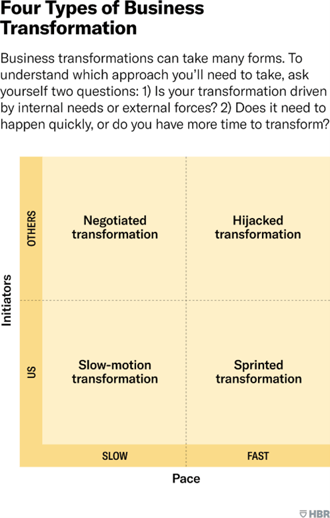
The ‘Us’ section of the chart refers to those types of changes that are initiated by an internal need in the organization. In terms of its pace, these can be either slow or fast. A Slow-motion transformation usually happens when the leadership of the company introduces a project or methodology with a planned and lengthy implementation process. As for Sprinted transformation, ‘these are sometimes enacted in response to management fads or new corporate buzzwords’ (Harvard Business Review).
However, for our instance, we should observe the two types that are caused by ‘Others’, since these are the ones that have more relevance in today’s challenging business climate. To have a deeper understanding of transformation, let’s see what the two external-driven categories entail.
In case of a slow and external-driven process, we talk about Negotiated transformation. This type is characterized by a certain passive nature, meaning that the company has no real choice but to oblige to the external demand, simply shaping it to their exact needs. Great examples are the GDPR requirements – the European Union passed the legislation and consequently all European businesses had to comply. Naturally, the leadership of various companies with different existing practices had the duty to transform those in accordance with the regulations.
Hijacked transformation is the kind that is fast in pace and is induced by external forces. Many businesses have experienced such transformation in the last few years because of the current economic issues we are facing. This type is perhaps the most abrupt of the four since it is often a vital and decisive factor regarding the organization’s future. As Harvard Business Review puts it in the same study, the ‘failure to accept the external demand and the set timeframe will have detrimental effects on businesses.’
We may consider the two internally driven categories – Slow motion transformation and Sprinted transformation – more ideal, since they often lack the critical urgency and the pressure of the external ones, such as the Hijacked transformation. Although they have their own challenges, transformations induced internally generally allow for a more balanced development process.
Those who put great emphasis on being up to date with business transformation are generously compensated with numerous benefits – if the project is successful. Generally speaking, the implementation of new and previously unfamiliar practices and technologies is not an easy task. Harvard Business Review found that ‘many companies struggle to look past the shiny promises’ as they see other examples of success – perhaps from one of their competitors. This exerts a lot of pressure on company leaders therefore it is no wonder they seek to act as swiftly as possible, and they often set too ambitious goals that results in the failure of the implementation project.
What is more, McKinsey surveyed companies who have implemented digital transformation and the report suggests that ‘more than half of respondents believe it will take anywhere from a year to more than three years to realize bottom-line benefits—or simply don’t know.’ The process of industrial automation is a rather long-term investment, taking more than one year in many cases.
Fortunately, some methodologies were made to remedy such a lengthy transformation process, for example, the Account-based Growth Transformation Model. With the combination of its four pillars – Build, Operate, Transition, and Transformation - this framework aims to offer a smooth and quick automation pilot and significant pipeline growth within the shortest period of time possible.
The practice of ABG Transformation Model is carried out by a highly qualified external team that complements the client’s internal team. The Build function ensures the fastest way of implementing a new methodology, and the Operate function facilitates a process of managed services and the integration of internal & external teams to maximize growth impact.
Throughout the three phases, the external team supports the client’s internal growth specialists to develop via knowledge transfer. The overall result of the Model manifests in the Transformation. With coaching, it enables clients to transit into an ‘account-centric’ growth organization, so that the full adaptation of the new methodology can successfully take place, and make a long-term change for the better.
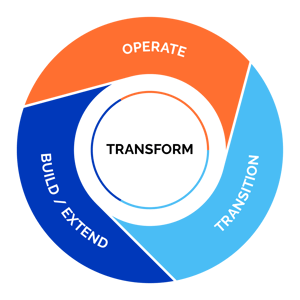
To sum it up, transformation is a rather risky process which very often means considerably slow ROI and high chance of failure - nonetheless, there is no way to avoid it any longer. Luckily, there is a way to achieve quick results in pipeline generation and to transform your organization with long-term impact at the same.
An external team of experts can augment your internal professionals – assisting and coaching them, and ultimately can help you navigate through the challenges of business transformation.
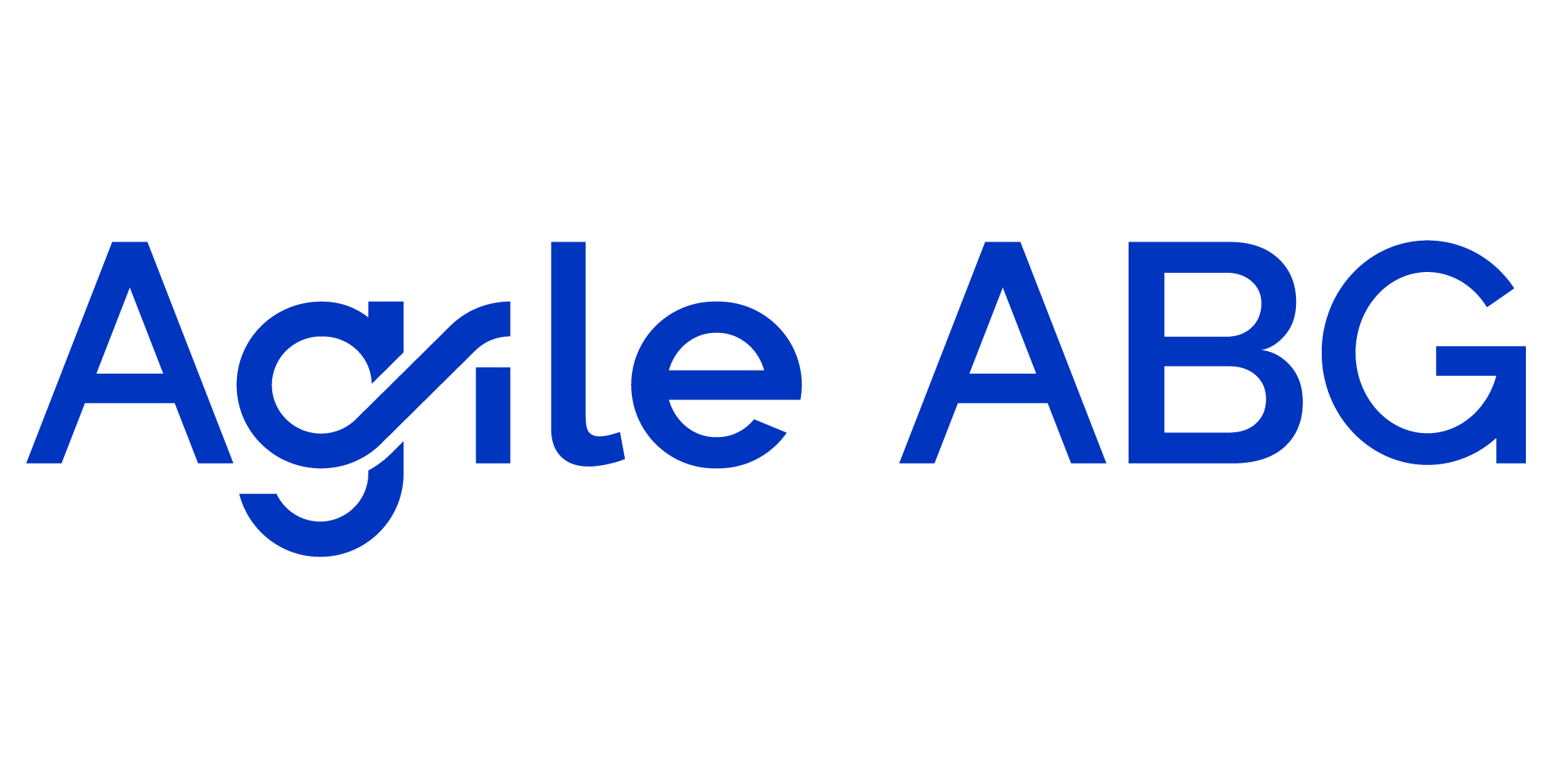
TOPO’s “2019 ACCOUNT BASED BENCHMARK REPORT” – which included 150 account-based organizations - showed that every participant reached or exceeded a...

Discussion on how some technology enterprises are capitalizing on the downturn.

Spam isn’t just unwanted email. It’s any uninformed, irrelevant interaction. It wastes your time and money. And annoys the buyers you were hoping to...

If you’ve clicked on this article, there’s a fair chance you are considering outsourcing your sales, marketing, customer success and overall revenue...

Where there is a will… The changes in economic currents are inevitable. Sometimes they are relatively predictable, signs hinting at an upcoming...
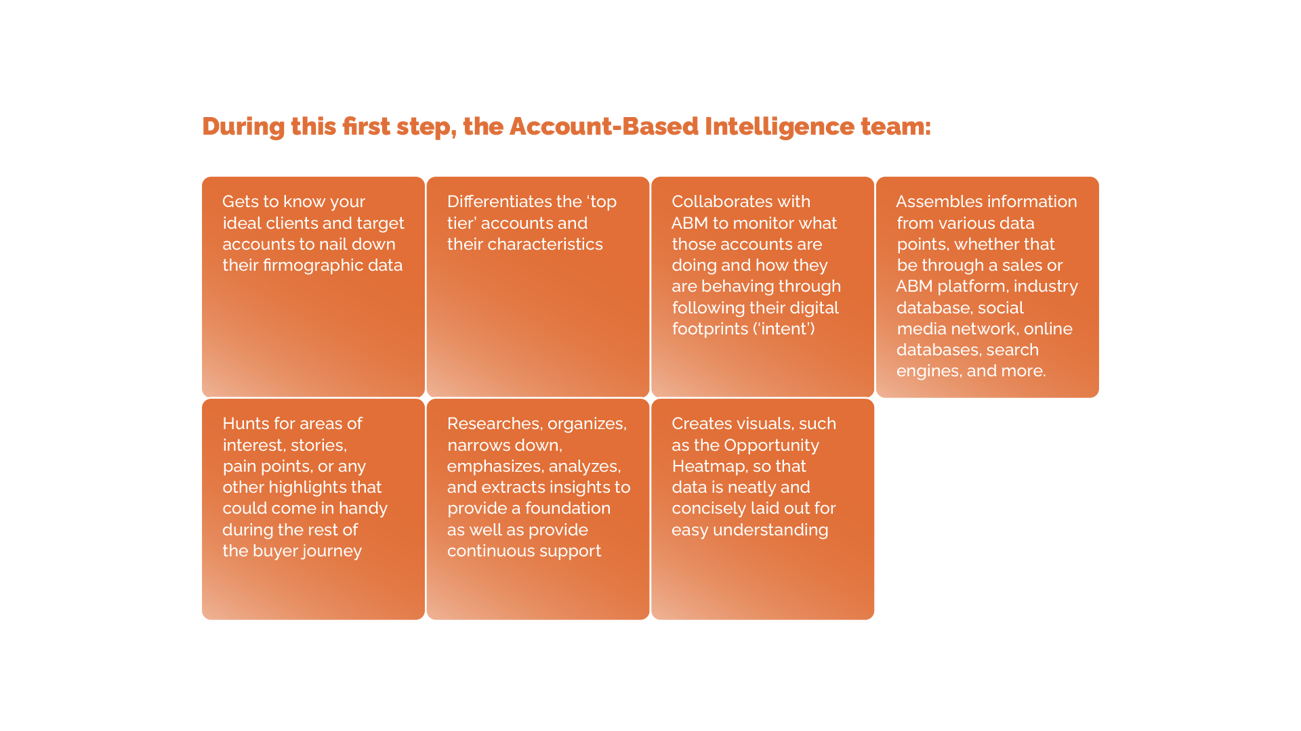
“Every company wants to increase revenue.” That’s a pretty safe and agreeable statement to make.

Transformation is Key Transition projects can offer an excellent opportunity for growth and expansion while complying with current business trends...
Introduction The turmoil of the last few years appears to have reached new heights, as inflation, the energy crisis and the remnants of the global...

Businesses across different sectors and industries are facing hardships amidst the economic haze that has been looming over the world from the...

Today’s sales and marketing teams don’t have access to the right data to know which accounts to pursue, and what to say. They’re forced to rely on...
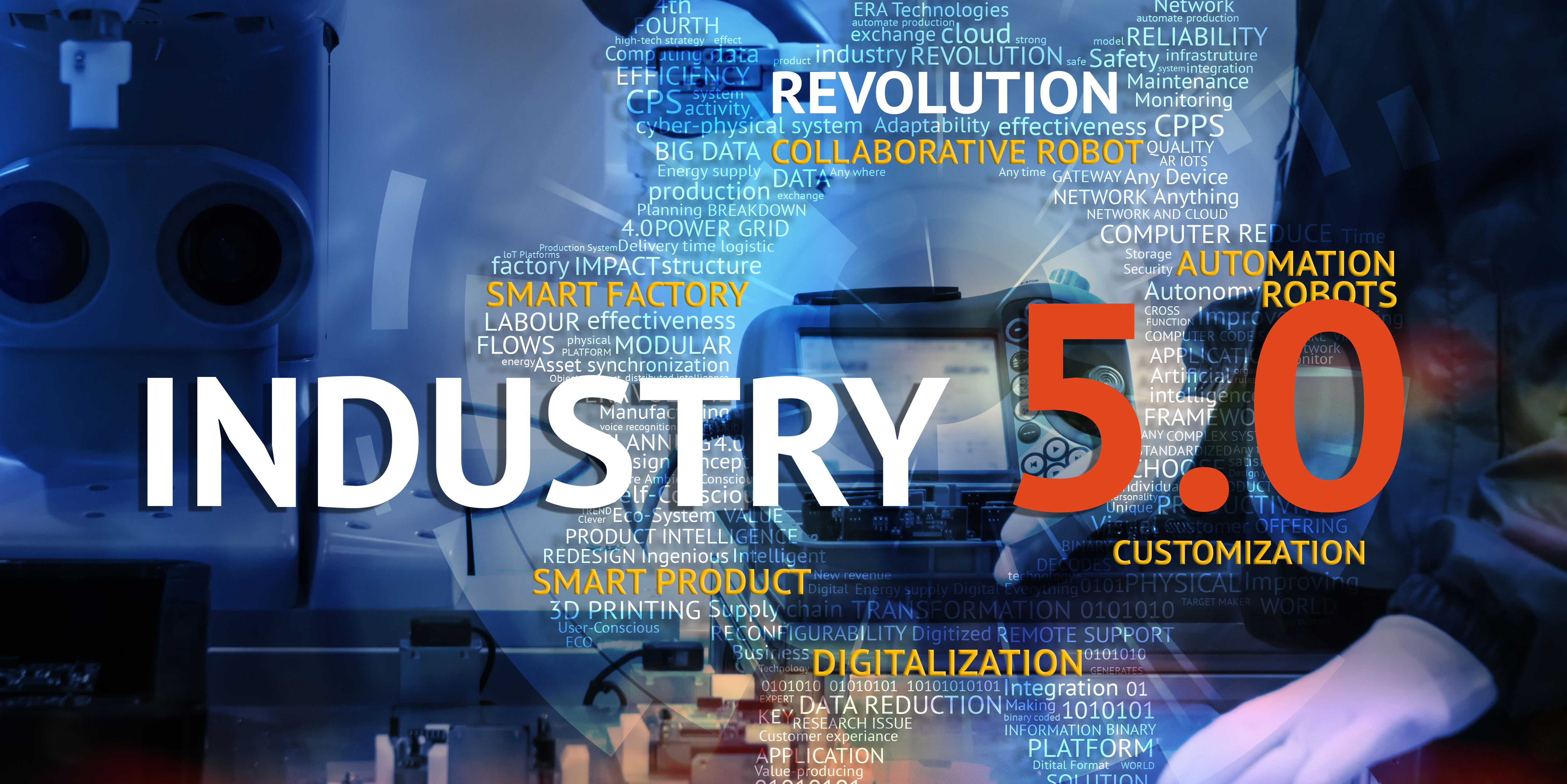
Introduction Although changes are governed by various factors, rapid industry evolution never stops. Whether internally or externally induced,...

The industrial sector seems to experience major lags regarding digitalization and automation – the latest trend that is currently defining the...